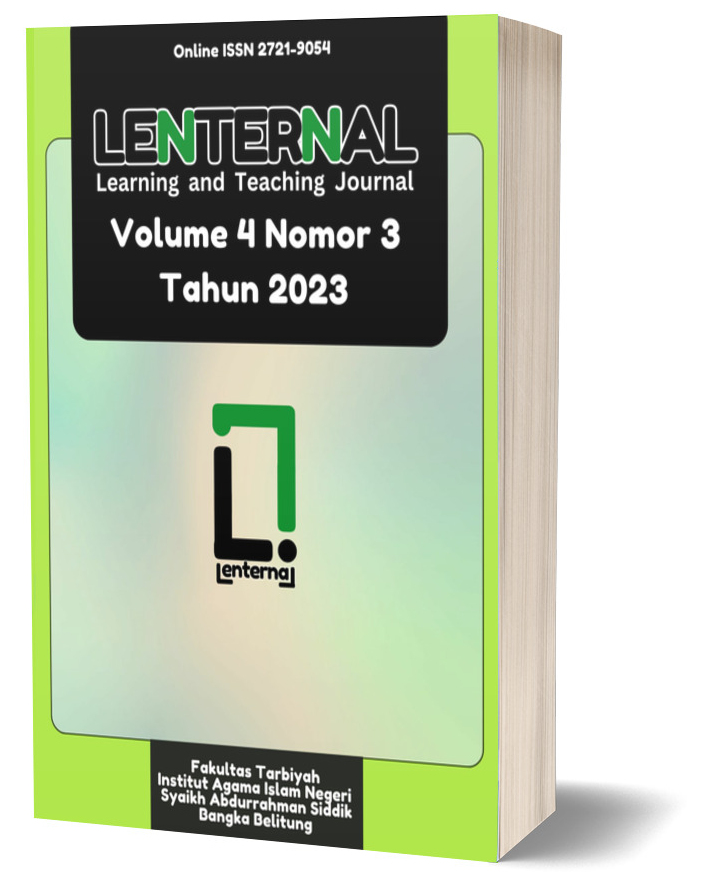Pengaruh Strategi Mind Mapping Terhadap Hasil Belajar Ilmu Hadis Siswa Ilmu-Ilmu Keagamaan di MAN 1 Pangkalpinang
Abstract
The low learning outcomes of the students, which result from minimal learning participation, undermine this research. The purpose of this research is to find out whether the influence of mind mapping strategies improves the learning outcomes of the students of the Hadith subjects in the eleventh grade of the Religious Sciences major. This research was carried out in MAN 1 Pangkalpinang using mind mapping strategies. The method used in this research uses quantitative methods. The type of research used is a quasi-experiment, using a nonequivalent control group design. The data collection for this study uses 20 double-choice pre-test and post-test questions, while the data analysis techniques use the test-t with the formula paired samples test and the test-kolmogrof smirnof t-test 2 with the independent formula samples test. This study concludes that based on the calculations that have been done on the data of the test results obtained, the application of the mind mapping strategy has an influence on improving the learning results of Hadith Sciences. Proved by the test hypothesis with the test of Kolmogroph smirnaf, 2 samples with the form of independent samples of test thitat 2.827 ttable 1.681, then thitat > ttable is 2. 827 > 1.681 and the sig value α is > 0,007 < 0,05 so that H0 is rejected and Ha is accepted. with a significant proportion of α 5% (0,05). So there is a significant difference after using the mind mapping strategy compared to the conventional strategy.







.png)





